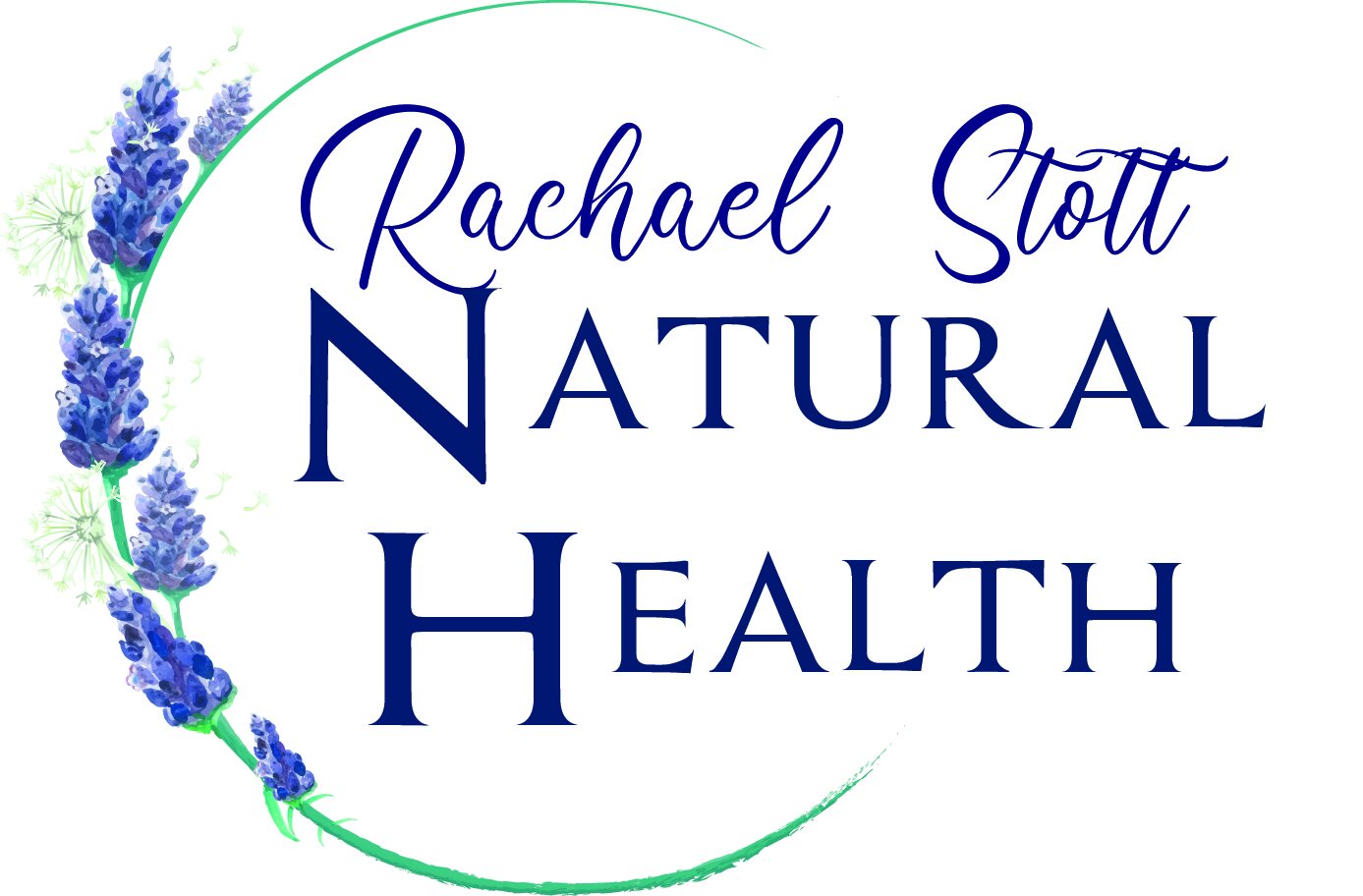Toxic herbs
Monkshood, Aconitum napellus, aka aconite and wolfsbane, is a stunning plant tucked away at the back of the flower garden. It is a herb but not one I have ever used nor ever intend to use in any way. As I have said before, not all herbs are safe. This is one of them. Years ago our beagle puppy nibbled a tiny bit of the leaf and survived it. Another animal or human may not. There have been reports of stock grazing it and dying after eating it.
It is a member of the buttercup family and it closely related to larkspur and delphinium. It is a herbaceous perennial that dies down over the cooler months. In autumn it sends up tall flower spikes with distinctive violet flowers which resemble a monkshood. The bumblebees seem to enjoy its nectar.
The homeopathic remedy Aconite is based on this and is definitely safe to use as a remedy when indicated.
Now I'm sure you're all wondering - why on earth would I grow it? Have a look at the photo. That is why. Some herbs are just so beautiful I really love seeing them in my garden.
Stay safe with plants. Other toxic herbs are foxglove (often confused with borage and comfrey), yew, hemlock (which looks much like parsley or parsnip), datura and more. Please ensure you correctly ID any plant that you wish to use as some, like monkshood, are even toxic through the skin.
The extremely toxic beauty of monkshood, Aconitum napellus

